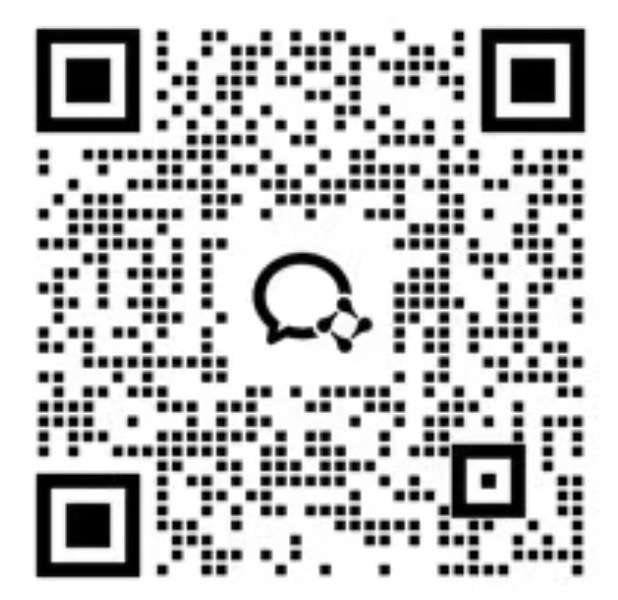世界银行-在最重要的时候衡量福利:从国家应用中学习(英)
r-tmMeasuring welfare when it matters mostLearning fromcountry applicationsPublic Disclosure AuthorizedPublic Disclosure AuthorizedPublic Disclosure AuthorizedPublic Disclosure Authorizedi Contents Acknowledgments VIntroduction VIChapter 1: Decentralized data collection in rural Malawi for rapid welfare monitoring 1introduction 1Description of the Malawi RFMS 2Sampling Design for the RFMS 2Questionnaire 3Hiring and Training of Local Enumerators 5Data Entry 5Management and Quality Control 6Coordinating with Multiple Stakeholders 6Survey implementation Costs 7The value of the RFMS data 8Discussion 10Comparing RFMS and Rapid Phone Surveys 11Choosing a Monitoring Strategy 13References 14Chapter 2: High-Frequency Phone Surveys: Monitoring the Effects of COVID-19 on Households and Firms in Ethiopia 15Setting Up a Phone Survey System to Monitor the Effects of COVID-19 in Ethiopia 16Data Ecosystem before the Pandemic 17i i | MEASURING WELFARE WHEN IT MATTERS MOST — Learning from Country ApplicationsSurvey Design 18The High-Frequency Phone Survey of Households 19The High-Frequency Phone Survey of Refugees 24The High-Frequency Phone Survey of Firms 27implementation Arrangements 31Main Findings 31Household Survey 32Refugee Survey 40Firm Survey 44Lessons Learned 48Conclusion 50References 53Chapter 3: Representative monthly phone panel surveys: Listening surveys 57introduction 57Listening Survey Design 58Structure and content of the survey – face to face baseline and phone-based panel follow-ups 58Alternative respondents and target topics 64Frequency of the data collection 65interview duration 67Sampling design, attrition, and weights 68Quality control and supervision 75implementing partners 76Costing and resources for Listening surveys 77How were these surveys used? 78Understanding and responding to shocks 78Linking well-being and public opinion 81informing Policy Reform 83Survey Experiments and impact Assessments 85Conclusion 86References 88iii Chapter 4: Using Geospatial Data and Modeling to Assess the Impacts of a Flood: An Application for Pakistan 91Introduction 91The Modeling Approach: Nowcasting with Geospatial Data after the Shock 93The Main Channels of Impact: Loss of Income, Assets, and Purchasing Power 95Implementing the Model in Pakistan: A Step-by-Step Guide 96Identifying the Input Data 96Calibrating the Damage Parameters 97Adding Information on Household Exposure 99Estimating Impacts across Various Groups 104Robustness Checks 105Cross-Validation Using Administrative Data 105Varying Damage Parameters 106Buffering Effects from Assets 107Caveats and Lessons Learned 108Annex. Geospatial Data Sources 110References 112Chapter 5: Frontier Approaches for Real-Time Poverty Measurement 115introduction 115Novel data sources relevant to real-time 117Measuring static welfare with novel data 123Real-time monitoring with novel data 127Nascent work on real-time monitoring of welfare with novel data 131Looking forward / Conclusions 137References 140V
世界银行-在最重要的时候衡量福利:从国家应用中学习(英),点击即可下载。报告格式为PDF,大小9.82M,页数161页,欢迎下载。









